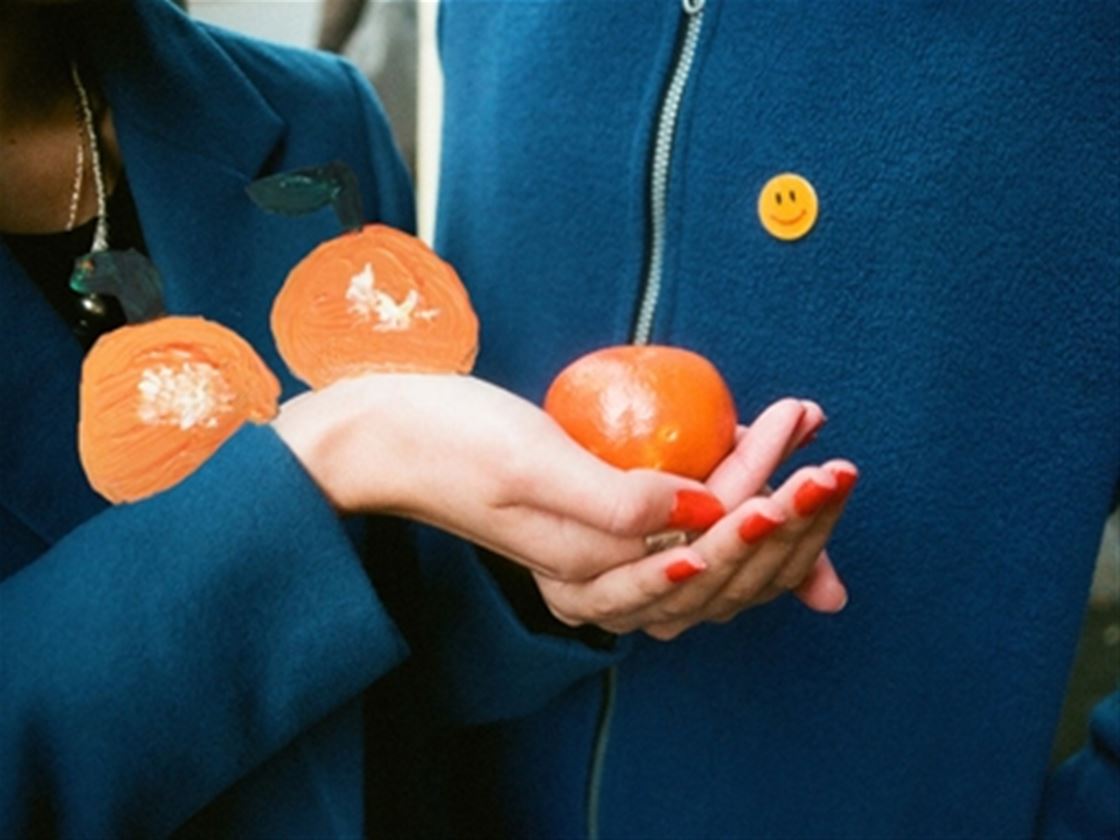johanna tagada photography interview
Johanna Tagada may not consider herself a 'photographer' per se, but a flick through the French lass' snaps suggests otherwise.
Johanna Tagada may not consider herself a 'photographer' per se, but a flick through the French lass' snaps suggests otherwise. Mixing an eye for simple details with a creative streak across multiple media, she makes pretty pieces that we could gaze at all day long. Before you get stuck in the same arty blackhole, have a read of our chat with Johanna below. 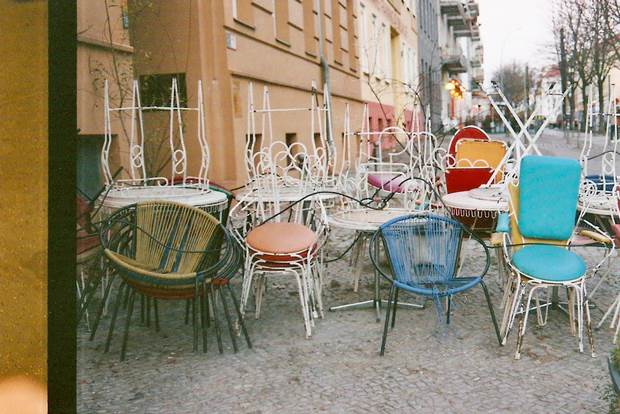
What is your name and how old are you? Johanna Tagada, I am turning 25 this summer.
Where were you born and where do you live now? I was born and raised near Strasbourg, France, and recently relocated from Berlin, Germany to London, UK.
When did you first know you wanted to be a photographer? I don't introduce myself as a photographer and when somebody does I usually correct them by saying, “I work with photography”. I am a painter and interdisciplinary artist, photography is one of the mediums through which I construct my body of work and cross-disciplinary practice.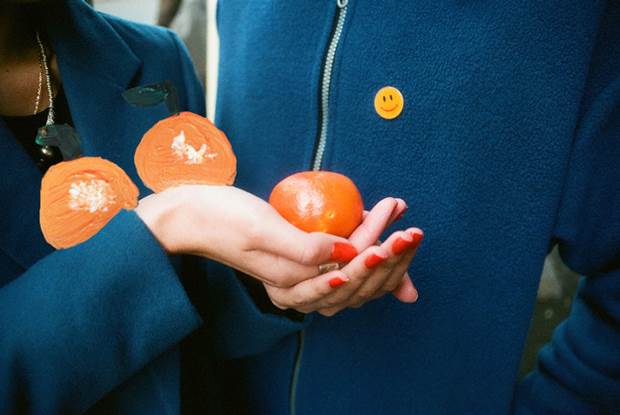
What kind of subjects interest you the most? The ones that intertwine daily life. Those can be subjects such as relationships, my surroundings (be it where I live or travel), foods, plants, animals, the vague notion and concept of identity. I am also interested in the traditional and popular approach of photography as a memory to hold/pass on, images carrying a narrative. Just like my grandfather's old black and white photograph of a palm tree in North Africa, which is the opening fold of my new publication COLLETION VOL.IV – The Diary of a Palm Tree.
Is there a running theme to the work you create, or do you just make whatever comes to mind? Yes, themes that are rather unpretentious and simple. Relationships, daily life, food, plants, surroundings. Personal yet universal subjects. My themes and photographic technique (film) are pretty traditional, though my work can at times remain surprising and amusing through my use of oil painting, collage, and cut-outs being applied to the photographic prints of my analog photographs. This develops a new and unexpected conversation.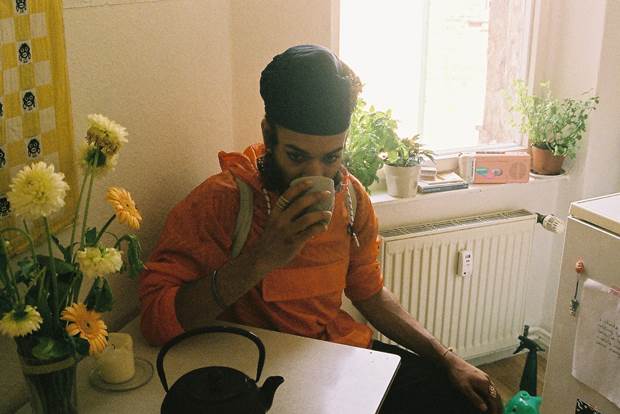
When it comes to taking photos, do you have more of a controlled/set-up or spontaneous style? My approach is pretty intimate, and even though I had photography classes while being a Fine Art school student, still it is quiet amateur. My photography is spontaneous, no set-ups other then putting a film into my Nikon or Minolta. It is what life has to offer and how much I am able/willing to see – that is captured. Analog Diary is a curation of captions from my day. The only exception is the series Les Plantes de Mamie, in which my grandmother and I decided on a colour, plant and an outfit before taking her portrait.
If you were to teach a photography appreciation class, what kind of lessons would you try to teach your students? As much as you can, try to free yourself from conditioning and appreciate things for yourself, not because someone said/wrote that it is good/bad. Another important thing is one that, as a student, my film teacher Yann Beauvais, once said: “If you don't like something, also be ready to explain why”.
What advice can you offer on finding your personal style or aesthetic? Photography is a bit like “a room of one's own”. It's about making your own room, not about living in someone else's one; it would be uncomfortable, firstly for yourself. Find your favourite roll of film as a metaphor for picking the flower to perfume this room of your very own.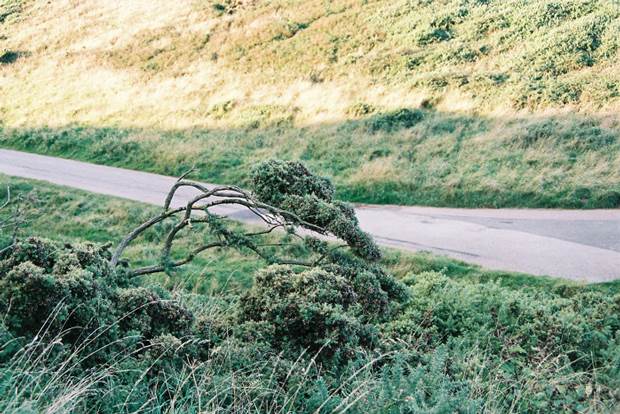
What are some of the challenges that you are facing in modern times as a photographer? The internet.
What is the strangest thing or thought that has inspired a photo? Nothing really, I am more of an observer. Though, there is a particular photo of mine that I find a little bizarre, one of a women in Tokyo, her back towards me, wearing a pink jacket. She seems so reclusive, yet the folkloric painting facing her and me is very intrusive.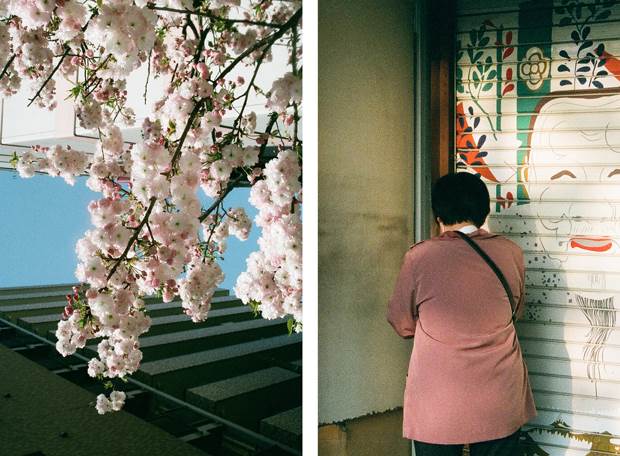
What other photographers do you love? Takashi Homma, Viviane Sassen, Mari Kojima.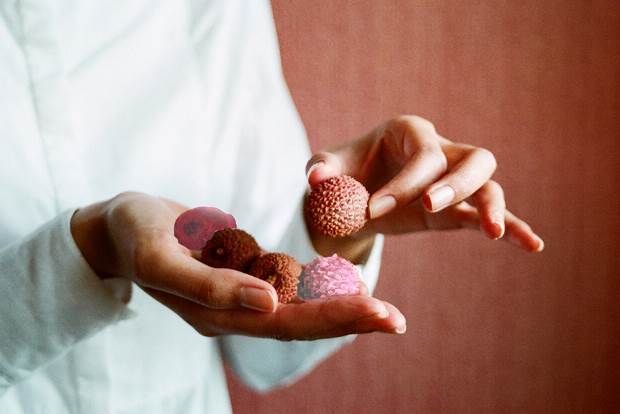
Where can we see more of your work? bonjourjohanna.com

